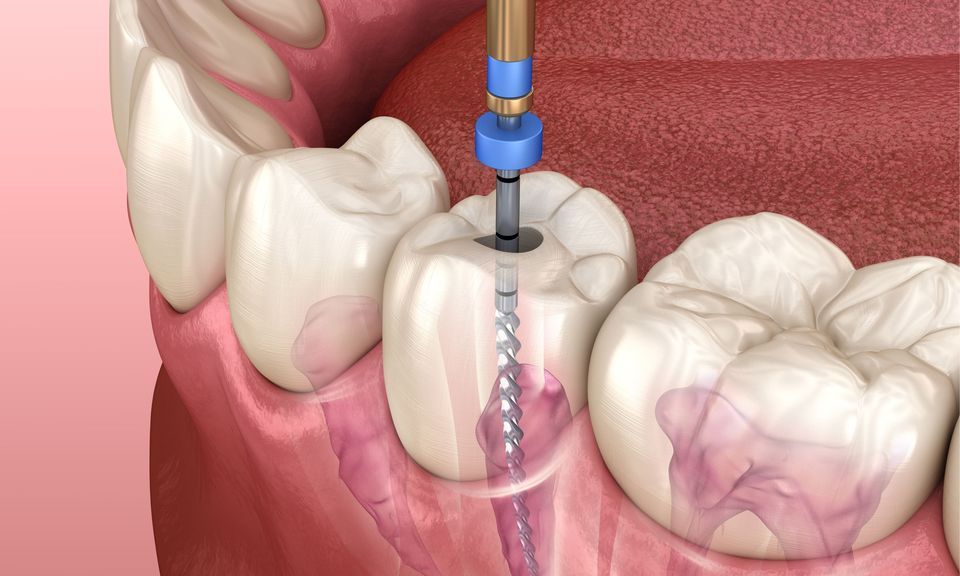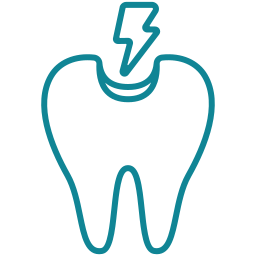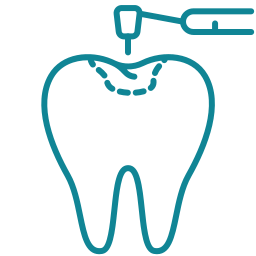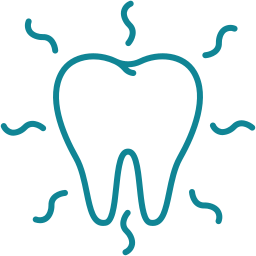SAVE YOUR SICK TEETH
ENDODONTICS
Losing a tooth is one of our patients’ biggest fears. Apart from the visible consequences, there are other reasons why we should not get to this point.
Endodontics is a treatment to save our teeth when they have an advanced infection that affects the nerve.
What is an endodontic?
Endodontics is a treatment to save a tooth when it has an infection that affects the innermost part of the tooth, the pulp.
The pulp is inside some ducts that are in the innermost part of the teeth. It is where the blood vessels and the nerve that give the sensitivity and nutrition of the tooth pass.
With endodontics we clean, disinfect and seal these ducts. With this treatment we maintain the function and aesthetics of the tooth without the need to remove it.

Why do we do it?
There are 3 main reasons why we perform endodontics. It is usually carried out when the tooth presents irreversible damage due to one of the following causes:

Traumatism
With a strong blow or trauma to the tooth it is possible to affect it to the point of damaging the pulp and needing endodontics.

Dental caries
When tooth decay has done its work until it infects the pulp.

Other causes
Some diseases in the root or bone of the piece can infect the internal structure of the piece and require endodontics.
How do I know if I need endodontics?
If you suffer from any of these symptoms, you may need endodontics:
- Dental sensitivity. When you feel pain when eating or drinking cold or hot liquids.
- Phlegmon or fistula. When a ball of pus appears or a lump that causes pain.
- Tooth shade change. If it changes color to a yellowish tone.
- Feel a pain when chewing. When this comes from a certain area or a dental piece.
How many ducts do our teeth have?
According to the anatomy, the shape of each tooth, we have one, 1, 2 or 3 roots and 1, 2 or 3 root canals. This means that, as a general rule, we divide endodontics into:
01
Uniradicular Endodontics
Incisors and canines and some premolars have one root and 1 single canal.
02
Biradicular endodontics
Premolars that have 2 roots and 2 canals
03
Multiradicular endodontics
Molars that have 2 lower roots and 3 upper roots with 3 or 4 canals.
But attention, the form and number of conducts can vary according to the person. Each case must be studied and individualized, otherwise our endodontics may fail. For this reason, at Salart Dental we have all the necessary technology to make your endodontic treatment as successful as possible.
Do you feel that the time has come to check your mouth to avoid an extraction?
We study your case. We will see what we can do to save your tooth and avoid having to make a future implant.

